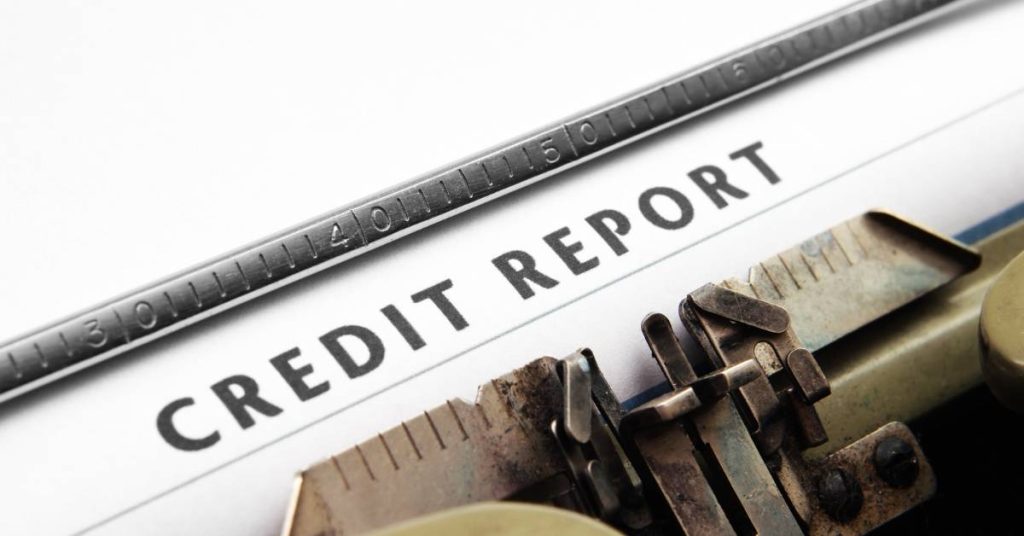Your credit score is a huge determining factor when it comes to applying for a USDA loan. Some lenders will only look into your application if it goes up to a certain number and that’s why it’s essential to be up to date on the benchmark credit scores and other loan application requirements before you try applying for a loan.
In this article, we’re going to answer that important question; what credit score do you need for a USDA loan? We’ll explain how to get around it even if you don’t meet the set score and how you can still get a USDA loan even with bad credit.
Can You Get a USDA Loan With Bad Credit?
The USDA doesn’t have fixed credit score requirements however, most USDA home loan lenders will require a minimum credit score of at least 620 before they consider you for a loan. The credit score guidelines are as follows:
- Credit scores of 620 and above qualify for automated writing eligibility.
- If a documented credit waiver is provided, scores of 580 and above require manual underwriting guidelines.
- Loans of credit scores with 580 or below should not be considered for the loan.
This means you can still get approved for a USDA loan even with a bad credit score however, your lender will have to process your application manually.
How To Get a USDA Loan With Bad Credit

A FICO credit score of 580 or below is considered to be bad. A credit score like that is below the average U.S consumer’s and proves to lenders that you might be a risk if they approve your loan request.
But, just because your credit score is bad doesn’t mean that you can’t get a USDA loan. Generally, when your credit score is below the set USDA standard of 620, lenders will have to process your application manually instead of using the guaranteed underwriting system (GUS).
To improve your chances of getting approved for a loan with a bad credit score ratings, you should ensure you provide the following compensating factors:
- A low debt-to-income ratio (DTI).
- Substantial amount in your savings account.
- Good rent payment history.
- A college degree.
- Proof of employment.
What Credit Bureau Does a USDA Loan Use?
In order for you to qualify for a USDA mortgage you have to be assigned a credit score. This credit score is usually obtained from the middle score out of the three assigned scores you get from the three bureaus; Experian, Equifax and TransUnion.
There are some cases where individuals have no credit established or no credit history reporting at all being monitored by the bureau but, can still qualify for a USDA loan. In this case, applicants can replace their credit scores for non-traditional credit score submissions like: electric bills, water bills or rental payment that has been verified by an eligible source.
Can I Get a USDA Loan With a 500 Credit Score?

Although this type of loan requires a good credit score rating in order to increase your chance of getting approved, theres one gray area in the system you can make use of.
Borrowers with lower credit scores, sometimes in the 500 range, may qualify if they’ve experienced an “extenuating circumstance”.
This is an event beyond the borrower’s control, it can be a medical condition or getting fired from a job. You have to be able to prove that the borrower’s bad credit scores didn’t happen because of their bad financial decisions but merely because of circumstance.
To see if you can qualify under these conditions you should speak with a USDA-certified lender.
How Far Behind Is a USDA Loan?
While USDA lenders take around 4-5 weeks to complete the transaction, sometimes the processing may take a bit longer.
USDA loans can be used for many different types of properties including new construction, refinancing, and buying and fixing up a property that needs work, so depending on your needs and financial situation the turnaround times can vary.
Don’t Let a Bad Credit Score Stop You From Getting a USDA Loan
Having a bad credit score or no credit score at all shouldn’t be your roadblock for applying and getting approved for a USDA loan. Applicants with lower credit scores than the USDA requires can still benefit from this development loan by increasing their chances of application approval.
For individuals with no credit score available, alternate means like child school fee payment and telephone bills can be provided. People who have fallen short of the benchmark credit sore are also still qualified to apply but they might have to face higher charges and different loan terms.
Frequently Asked Questions
What are the chances of getting approved for a USDA loan?
To increase your chances of getting approved for a USDA loan, meeting all the requirements and ensuring you go through their eligibility guidelines before you start your application process should give you an upper edge.
Why would a USDA loan get denied?
There are several reasons a USDA loan might get declined but the most common factors include: too much household income, poor credit score, unverifiable income or a non-USDA approved home. Usually your lender will provide you with documents explaining why your loan got denied as well as some alternative financing options.
Can I get a USDA loan with collections on my credit?
Yes, you can still get an approved USDA loan with collections on your card. However USDA guidelines strictly state that you have to make proper payment arrangements before it can guarantee your USDA loan.
What is the debt to income ratio for a USDA loan?
The maximum debt-to-income ratio for a USDA loan is about 41%. This factor is a calculation of how much of your monthly income goes into paying off debt.






